Silverfish
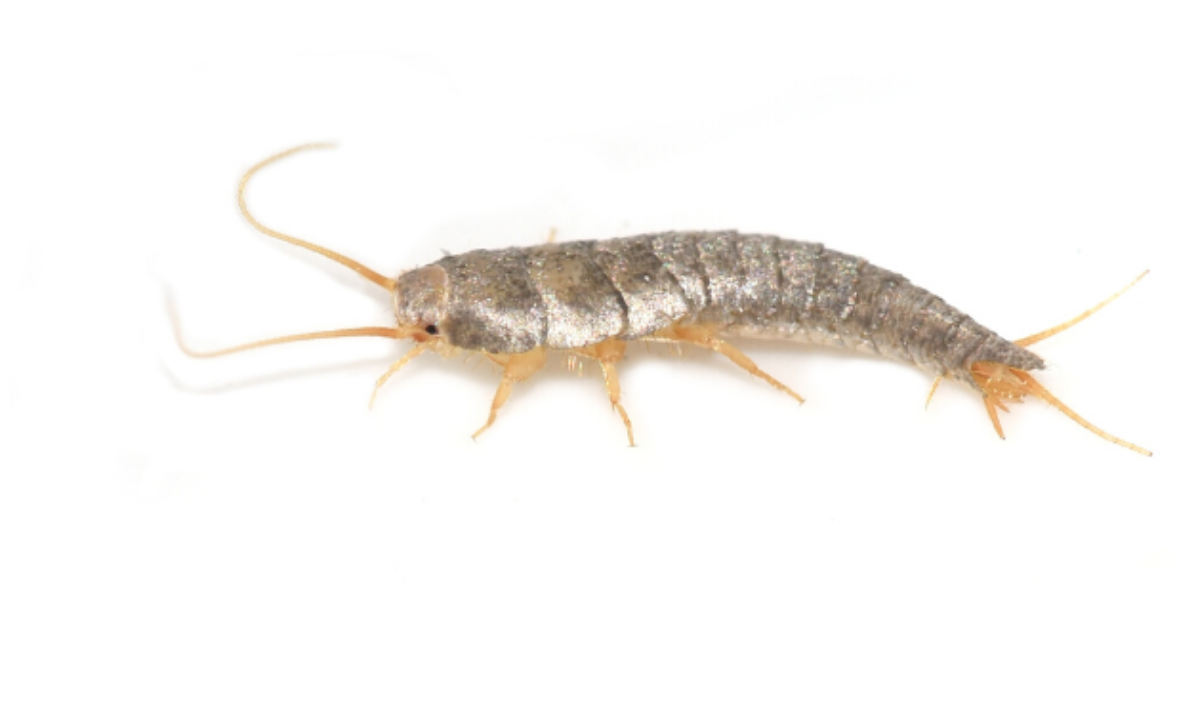
Silverfish in Massachusetts
Silverfish (Lepisma saccharinum) are small, wingless insects that have been around for millions of years. Known for their silvery-gray, metallic appearance and fish-like movements, they are common household pests across Massachusetts. While silverfish do not pose direct health risks to humans, they can damage household items and thrive in conditions that often go unnoticed.
Understanding their behavior, preferred habitats, and prevention methods is key to keeping these persistent pests out of your home.
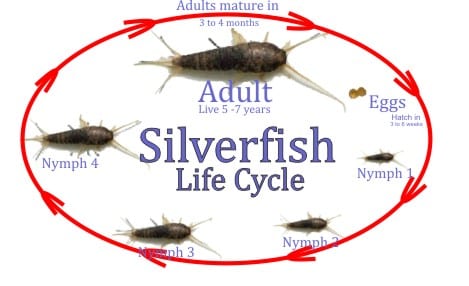
Where Are Silverfish Found in Massachusetts Homes?
Silverfish thrive in humid, warm environments, making bathrooms, basements, kitchens, and attics prime hiding spots. They prefer areas with high moisture levels, so leaky pipes, poorly ventilated rooms, and damp storage areas are ideal conditions.
Common hiding places include:
Under sinks and behind appliances
Inside cardboard boxes or old books
In closets with stored clothing
Around baseboards and wall voids
What Are Silverfish?
Silverfish are primitive insects, typically ½ to ¾ inch long, with elongated, teardrop-shaped bodies covered in silvery scales. They have long antennae and three tail-like appendages at the end of their bodies, giving them a distinctive look.
Unlike many pests, silverfish are nocturnal and avoid light, making them difficult to detect until damage has already occurred. They are remarkably resilient, able to live for months without food while hiding in cracks, crevices, and other dark areas.
What Do Silverfish Eat?
Silverfish have a carbohydrate-based diet, feeding on starches and sugars. This means they consume a wide range of household items, including:
Paper, books, and wallpaper glue
Fabrics (especially those containing starch, like cotton or linen)
Pantry items such as flour, cereal, and pasta
Dead insects and even shed skin from other pests
Their ability to eat through various materials makes them particularly destructive in homes with stored documents, photographs, or fabrics.
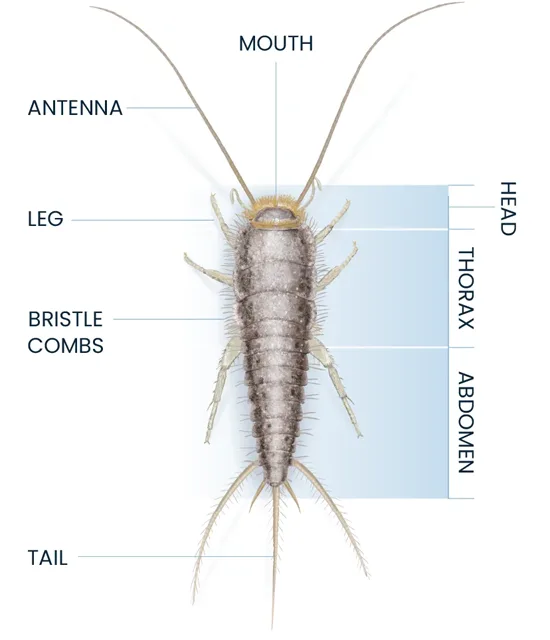
Are Silverfish Dangerous?
While silverfish do not bite, spread diseases, or cause structural damage, they are still a nuisance. The real concerns include:
Damage to books and paper from feeding habits
Holes in fabrics and clothing
Contamination of pantry items
For homeowners with valuable collections of books or historical documents, an infestation can be costly.
Signs of a Silverfish Infestation
Silverfish infestations often go unnoticed until visible damage appears. Common signs include:
Shed skins and scales left behind
Small holes or irregular feeding marks on paper and fabric
Yellowish stains on infested materials
Sightings at night when they are most active
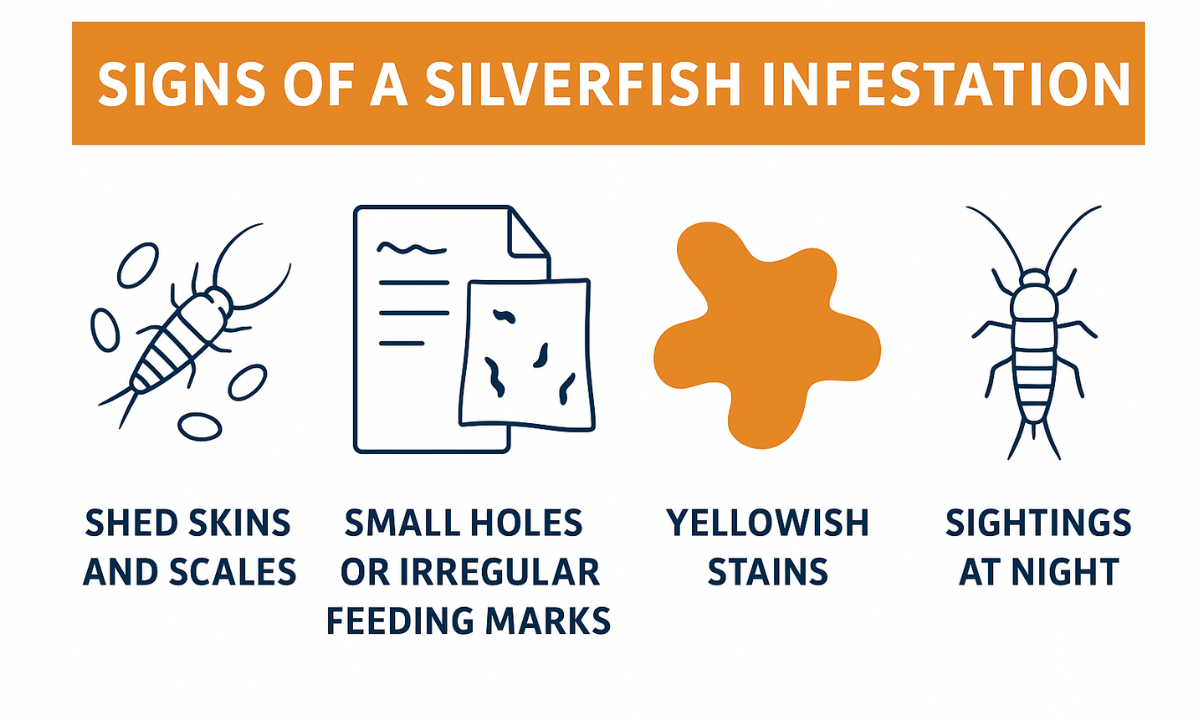
Seasonality of Silverfish in Massachusetts
Unlike many pests, silverfish are not tied to a specific season. Because they thrive indoors where temperatures are controlled, they can be active year-round. However, infestations often increase during humid summers, when their preferred environments are more common.
How to Prevent Silverfish
Preventing silverfish infestations starts with controlling moisture and limiting access to food sources. Steps homeowners can take include:
Using dehumidifiers in basements and other damp areas
Sealing cracks and gaps where silverfish can hide
Properly storing dry goods in sealed containers
Reducing clutter like stacks of paper, cardboard, and old books
Regular cleaning to remove food particles and dust
These measures make your home less hospitable to silverfish and other moisture-loving pests.
Why DIY Treatments Often Fail
Store-bought sprays or traps may kill individual silverfish but rarely address the full infestation. Because silverfish are excellent at hiding in small crevices and reproduce slowly but steadily, eliminating them requires a comprehensive approach.
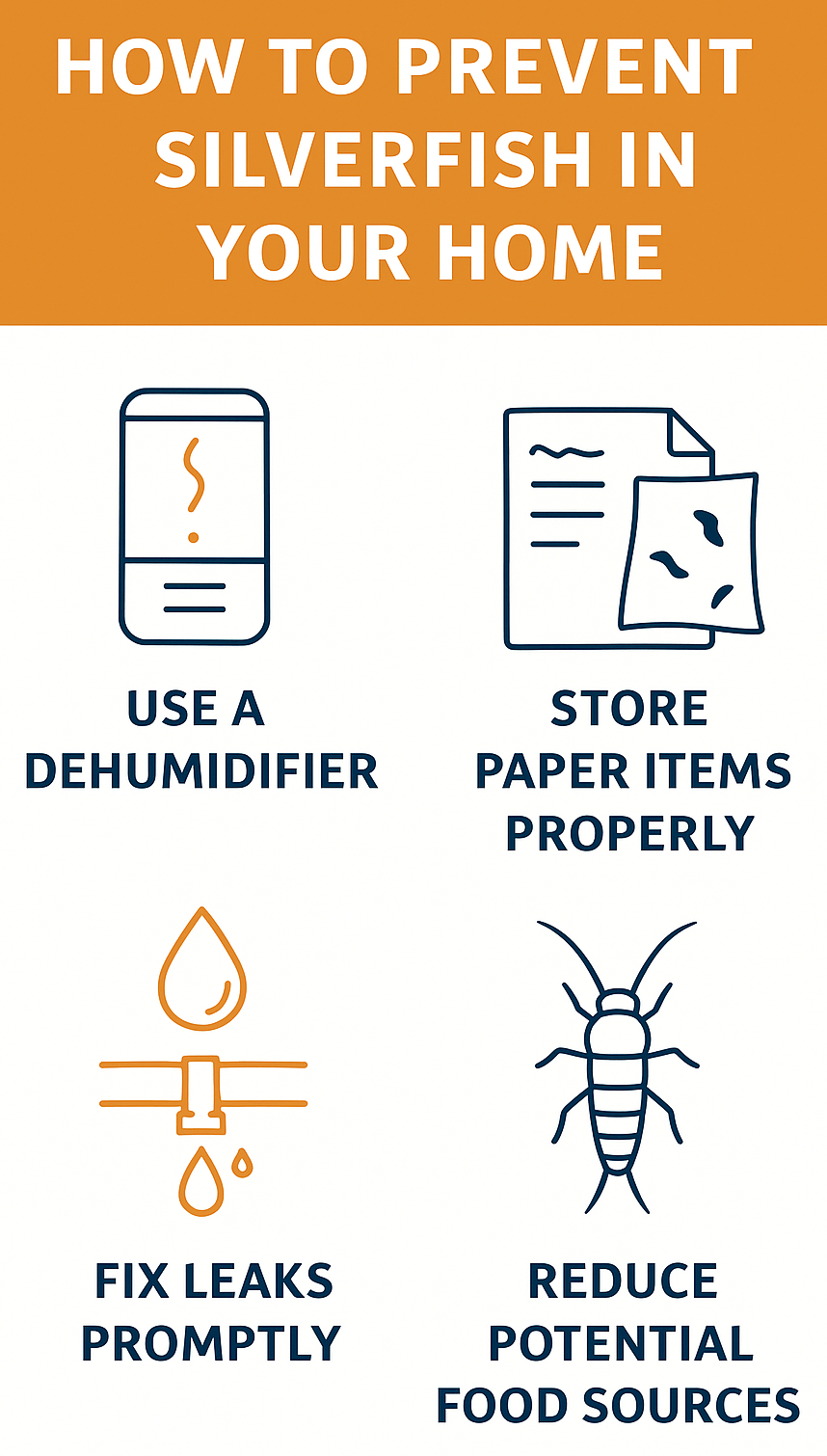
FAQs About Silverfish
No. They are attracted to moisture and food sources, not dirt. Even clean homes can have silverfish.
Yes, they are agile climbers and can even drop from ceilings to escape threats.
No, silverfish do not bite or spread diseases.
Silverfish can live up to 3 years, making infestations persistent without proper treatment.
Not necessarily. Indoors, they remain active year-round.
Protect Your Home from Silverfish
Barnstable County, MA
Plymouth County, MA
Mon - Fri 7:00 am - 7:00 pm
Sat 8:00 am - 3:00 pm
Sun: Closed
Operation Hours: Mon-Sat: 7am - 7pm
Office: (508) 815-4842
Alternate: (508) 815-3114
info@servpest.com

